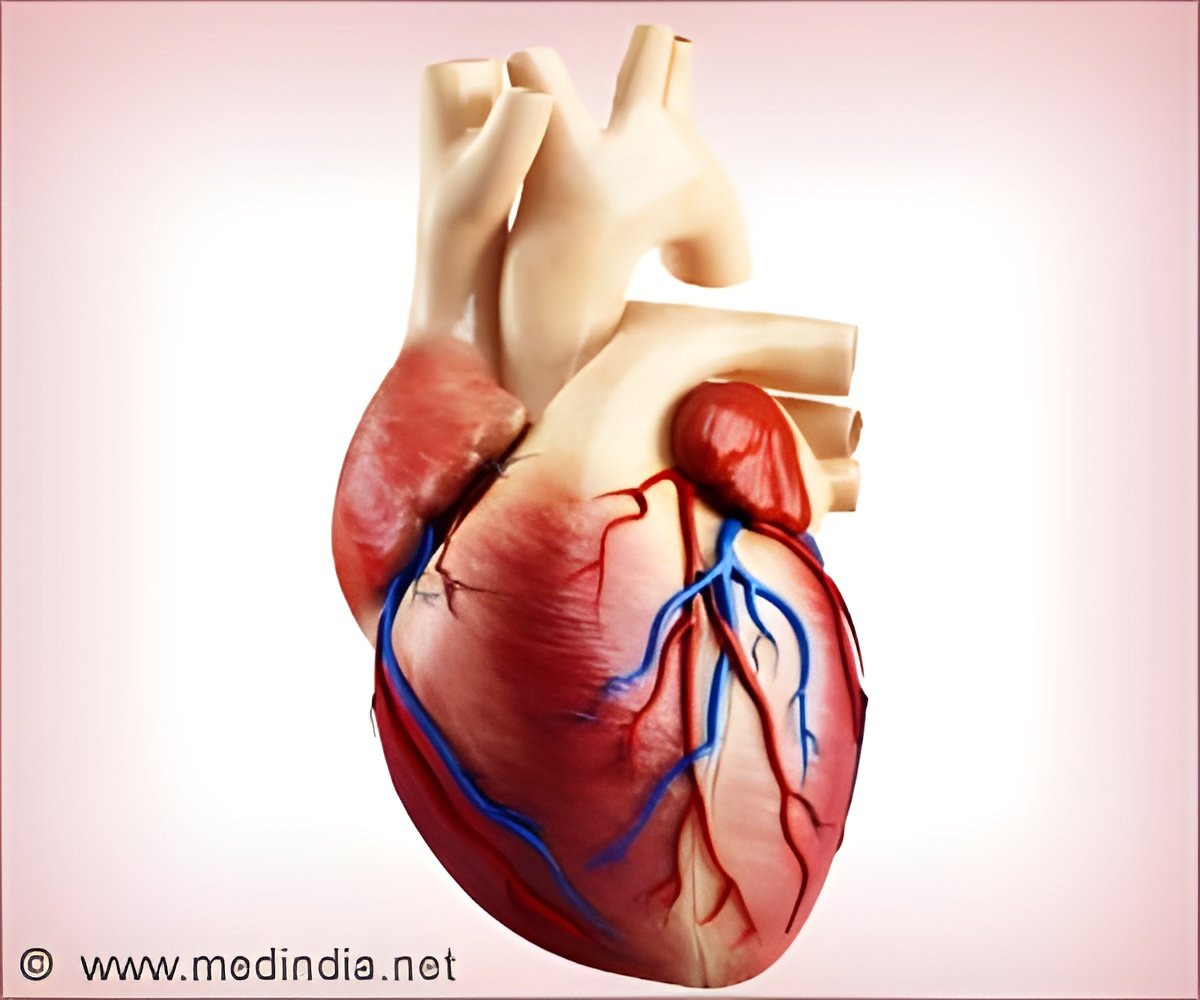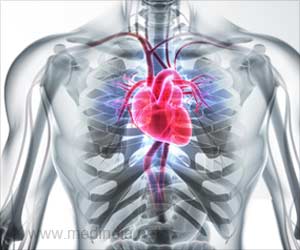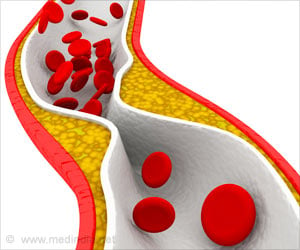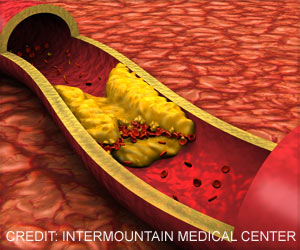On Sunday, experts highlighted the critical need for awareness about aortic aneurysms.

Aortic Aneurysm
Go to source). Aortic Aneurysms are the ballooning of the major blood vessel aorta, which carries blood from the heart to the whole body.
‘Did You Know?
Around 75% of aortic aneurysms are abdominal, with the remaining 25% occurring in the thoracic region. #aorticaneurysms #cardiacdeath’





It affects approximately 2 to 3 percent of the population, but the risk increases with certain factors like atherosclerosis (collection of cholesterol in the blood vessels), hypertension, and generic deficiency in certain patients. Around 75% of aortic aneurysms are abdominal, with the remaining 25% occurring in the thoracic region. #aorticaneurysms #cardiacdeath’
"Aortic aneurysms represent a critical yet under-recognized health concern that ranks as the third leading cause of sudden cardiac death, trailing only behind heart attacks and cardiac arrests," Niranjan Hiremath, a senior consultant cardiovascular and aortic surgeon at Indraprastha Apollo Hospital, New Delhi, told IANS.
"When the aorta's wall weakens, it can dilate to twice or even three times its normal diameter, creating a significant risk of sudden rupture, which can result in immediate death, or lead to aortic dissections, another severe complication,” he added.
In India, awareness about cardiac risks predominantly revolves around heart attacks and cardiac arrests, but the dangers posed by aortic aneurysms have not received comparable attention.
"The lack of awareness is concerning, especially considering that about 75 percent of aortic aneurysms are asymptomatic and go undetected until they present a sudden, life-threatening emergency. These aneurysms are often discovered incidentally during examinations for other medical conditions," Niranjan said.
Advertisement
Aortic Aneurysms — The Silent Killer
Aneurysms can develop in any segment of the aorta, but most commonly affects the abdominal aorta. The experts noted that genetic predispositions, trauma or infection, and tobacco can also contribute to the risk of aortic aneurysms.Advertisement
Open surgery used to be the major form of treatment. Recently, there has been a paradigm shift to minimally invasive techniques of endovascular stent implantation, which is associated with low risk, minimal morbidity, and low mortality, (Surg Cmde) V S Bedi, NM Chairman & Senior Consultant Institute of Vascular & Endovascular Sciences, Sir Ganga Ram Hospital New Delhi, told IANS.
"The aneurysms are required to be treated once the size of the aorta increases to more than 5cm because an increase of more than 6cm can cause sudden leak/rupture which can be fatal," the doctor added.
The experts also advised strict control of blood pressure for patients with the condition and prohibition of tobacco in any form. Patients with diagnosed aneurysms should avoid intense physical sports and isometric exercise but can walk and indulge in light aerobic exercises.
Reference:
- Aortic Aneurysm - (https://www.heart.org/en/health-topics/aortic-aneurysm)
Source-IANS












